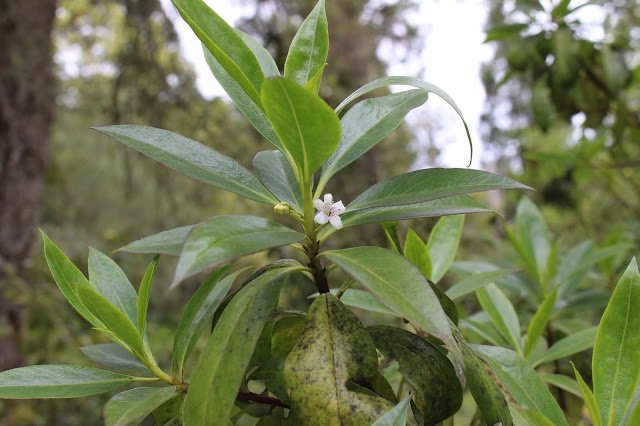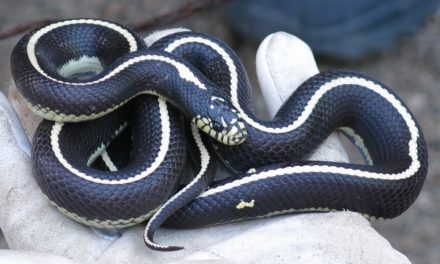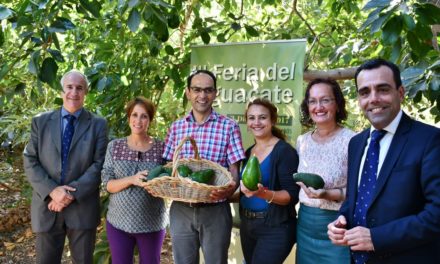The Spanish Council of Ministers last month approved a specific list of 48 species of plants, mammals, birds and reptiles that from now on will be prohibited from entering the Canary Islands (banning also their possession and sale), due to their “worrying” invasive potential.
The Canary Islands list, prepared in collaboration with the Autonomous Community, appears in the royal decree that updates the Spanish Catalogue of Invasive Alien Species. Its objective is to establish rules to minimise the risk of invasive alien species being introduced on to the islands, whether intentionally and unintentionally, and to mitigate their adverse effects on the biodiversity of the Canary Island archipelago.
The 48 species included 19 types of plants, nine types of mammals, three kinds of birds and 17 species of reptiles. These species by law cannot be introduced to the territory, be kept or bred, or transported (unless to eradicate), used, exchanged or sold, and certainly should not be released into the wild.
The Royal Decree approved the list of invasive alien species for the Canary Islands, as established for the outermost peripheral regions of the EU, such as the Canary Islands, detailed within the European Union Regulations on prevention and management of the introduction and spread of invasive alien species.
Invasive alien species represent one of the main threats to biodiversity and the associated services of ecosystems, especially in those geographically and evolutionarily isolated ecosystems, such as islands of small dimensions. The risks that these species represent can be intensified due to the increase in global trade, transport, tourism and climate change.
Plants:
Austrocylindropuntia cylindrica (Lam.) Backeb. Cacto cilíndrico. *
Cereus jamacaru DC. Reina de noche, Mandacaru. **
Cinchona pubescens Vahl. Quinina roja.
Cytisus striatus (Hill) Rothm. Escoba portuguesa, Escoba estriada.
Desmanthus virgatus (L.) Willd. Mimosa delgada, Tatán salvaje. *
Hakea salicifolia (Vent.) B.L. Burtt. Hakea hoja de sauce.
Harrisia martinii (Labour.) Britton. Cactus luz de luna.
Imperata cylindrica (L.) Raeusch. Cisca. *
Jatropha curcas L. Jatrofa. **
Jatropha gossypiifolia L. Tua tua.
Ligustrum robustum (Roxb.) Blume. Ligustre, Aligustre.
Melia azedarach L. Árbol del paraíso, Cinamomo. *
Miconia calvescens DC. Miconia.
Mimosa pigra L. Carpinchera, Mimosa uña de gato.
Myoporum laetum G. Forst. Transparente, Brillante. *
Pereskia aculeata Mill. Grosella espinosa.
Pittosporum tobira (Thunb.) W.T. Aiton. Pitosporo japonés, Azahar chino.**
Prosopis juliflora (Sw.) DC. Mezquite. *
Ulex minor Roth. Alisaja, Ercajo, Árgoma, Aiaga.
Reptiles
Iguana iguana (Linnaeus, 1758). Iguana común.
Chamaeleo calyptratus Duméril and Bibron, 1851. Camaleón de Yemen.
Chamaeleo dilepis Leach, 1819. Camaleón orejero.
Rieppeleon brevicaudatus (Matschie, 1892). Camaleón de cola corta.
Cyclura cornuta (Bonnaterre, 1789). Iguana cornuda.
Anolis spp. Anolis.
Physignathus cocincinus Cuvier, 1829.Dragón de agua chino.
Intellagama lesueurii (Gray, 1831). Dragón de agua australiano.
Salvator rufescens (Günther, 1871). Lagarto tejú rojo.
Chlamydosaurus kingii Gray, 1825. Lagarto de gorguera
Sceloporus malachiticus Cope, 1864. Lagarto espinoso esmeralda.
Sceloporus jarrovii Cope in Yarrow, 1875. Lagarto espinoso de Yarow.
Zonosaurus laticaudatus (Grandidier, 1869). Lagarto listado occidental de Madagascar.
Tiliqua gigas (Schneider, 1801). Lisa gigante de lengua azul.
Gekko gecko (Linnaeus, 1758). Perenquén tokay.
Phelsuma madagascariensis (Gray, 1831). Perenquén diurno de Madagascar.
Coleonyx mitratus (W. Peters, 1863). Perenquén listado de América central.
Birds:
Psittacula eupatria (Linnaeus, 1766). Cotorra alejandrina.
Dendrocygna bicolor (Vieillot, 1816). Suirirí bicolor.
Gracula religiosa Linnaeus, 1758. Miná del Himalaya.
Mammals:
Petaurus breviceps Waterhouse, 1838. Petauro del azúcar.
Mephitis mephitis (Schreber,1776). Mofeta listada.
Suricata suricatta (Schreber, 1776). Suricato.
Vulpes zerda (Zimmermann, 1780). Feneco.
Cricetomys gambianus Waterhouse, 1840. Rata gigante de Gambia.
Acomys cahirinus (É. Geoffroy, 1803). Ratón espinoso egipcio.
Cynictis penicillata (G.[Baron] Cuvier, 1829). Mangosta de cola amarilla.
Echinops telfairi Martin, 1838. Tenrec erizo enano.
Erinaceus europaeus Linnaeus, 1758. Erizo europeo.
* Plants already feral, some with populations in several islands.
** Plants grown quite normally in the Canary Islands.













